When to Separate Seedlings: Mastering Seedling Separation
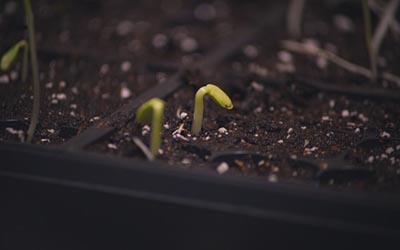
Introduction
Starting plants from seeds is a rewarding process that allows gardeners to cultivate a wide variety of plants. However, one of the critical stages in this process is knowing when to separate seedlings. This step, often referred to as “pricking out” or “transplanting,” can make the difference between a thriving garden and one that struggles. In this article, we will explore the various aspects of separating seedlings, including the ideal timing, techniques, and tips for ensuring your young plants continue to grow healthy and strong.
Understanding Seedling Growth Stages
Before diving into the specifics of when to separate seedlings, it’s essential to understand the stages of seedling growth. Typically, seedlings go through the following phases:
- Germination: This is the initial stage where the seed absorbs water, swells, and the embryo begins to grow. The seed coat breaks open, and the first root (radicle) and shoot emerge.
- Seedling Emergence: At this stage, the seedling breaks through the soil surface. The first leaves to appear are usually the cotyledons or seed leaves, which are part of the seed embryo and provide initial nutrients to the young plant.
- True Leaf Development: After the cotyledons, the plant begins to develop its true leaves. These leaves are typically more representative of the mature plant’s foliage and are a sign that the seedling is ready for more nutrients and space.
- Vegetative Growth: Once true leaves appear, the plant enters a phase of rapid growth, developing more leaves and strengthening its stem.
Why Timing Matters
Separating seedlings at the right time is crucial for several reasons:
- Avoiding Root Disturbance: Young seedlings have delicate root systems that can be easily damaged. Transplanting at the correct time minimizes the risk of root injury.
- Preventing Competition: When seedlings are too close together, they compete for light, water, and nutrients, which can stunt their growth.
- Promoting Healthy Growth: Proper spacing allows seedlings to develop strong root systems and sturdy stems, leading to healthier mature plants.
Ideal Timing for Separating Seedlings
The best time to separate seedlings is typically when they have developed their first set of true leaves. Here’s a more detailed look at the indicators that it’s time to separate your seedlings:
- Presence of True Leaves: As mentioned, true leaves are different from the initial cotyledons. Once you see the first set of true leaves, the seedling is usually ready for transplanting.
- Size and Strength: The seedlings should be large enough to handle without falling apart. They should have a sturdy stem and well-formed leaves.
- Root Development: Gently lift one seedling to check the root system. If the roots are starting to become entangled with those of other seedlings or are visible around the edges of the soil block, it’s time to separate them.
- Crowding: If the seedlings are starting to crowd each other, leading to competition for light and nutrients, it’s a clear sign they need more space.
Preparing for Separation
Before separating your seedlings, make sure you have the following items ready:
- Seedling trays or pots: Choose containers with good drainage. If reusing old pots, sterilize them to prevent disease.
- Potting mix: Use a high-quality potting mix suitable for the type of seedlings you are growing.
- Watering can or spray bottle: For gently watering the seedlings before and after transplanting.
- Labeling materials: To keep track of different plant varieties.
- Tools: Small tools like a dibber, fork, or even a pencil can help lift seedlings out of the soil.
Step-by-Step Guide to Separating Seedlings
- Water the Seedlings: Ensure the soil is moist but not waterlogged. This helps in easing the seedlings out of the soil and reduces root damage.
- Prepare New Containers: Fill the new pots or trays with potting mix, leaving enough space to accommodate the seedlings’ roots.
- Gently Lift the Seedlings: Use a small tool to lift the seedlings from below. Be careful not to pull them by the stem as this can cause damage.
- Separate the Seedlings: If the seedlings are tangled, gently tease them apart. Try to keep as much of the root system intact as possible.
- Plant in New Containers: Make a hole in the potting mix in the new container and place the seedling’s roots into the hole. Firm the soil gently around the seedling to provide support.
- Water the Seedlings: After transplanting, water the seedlings to help settle the soil around the roots. Use a gentle spray to avoid displacing the soil or damaging the seedlings.
- Label the Containers: Clearly label each container with the plant variety and the date of transplanting.
- Provide Adequate Light and Care: Place the transplanted seedlings in a location where they will receive appropriate light for their species. Continue to water and care for them as needed.
Common Mistakes to Avoid
- Transplanting Too Early: Seedlings that are too young may not survive the transplant process. Ensure they have at least one set of true leaves before separating.
- Damaging Roots: Handle seedlings carefully to avoid damaging their delicate root systems.
- Overwatering or Underwatering: Proper moisture is crucial. Overwatering can lead to root rot, while underwatering can cause stress and poor growth.
- Ignoring Light Requirements: Ensure seedlings receive adequate light after transplanting to avoid legginess and weak growth.
Post-Transplant Care
The period immediately after transplanting is critical for seedlings. Here are some tips to ensure they thrive:
- Gradual Adjustment: If the seedlings were indoors, gradually introduce them to outdoor conditions (hardening off) to prevent shock.
- Consistent Moisture: Keep the soil consistently moist but not waterlogged. This helps the seedlings establish strong roots.
- Monitor for Pests and Diseases: Young seedlings are susceptible to pests and diseases. Regularly check for signs of trouble and address any issues promptly.
- Fertilization: Once the seedlings are established, consider a diluted fertilizer to provide additional nutrients. Be careful not to over-fertilize, as this can harm the seedlings.
Specific Considerations for Different Plants
Different plants have unique requirements when it comes to separating seedlings. Here are some specific considerations for common types of seedlings:
- Tomatoes: Tomato seedlings are relatively robust and can be transplanted when they have their first set of true leaves. They benefit from being planted deeper than they were initially growing to encourage strong root development.
- Lettuce: Lettuce seedlings can be transplanted when they are about 2-3 inches tall. They are sensitive to root disturbance, so handle them gently.
- Herbs (Basil, Parsley, etc.): Herbs can be transplanted once they have a couple of sets of true leaves. They typically require good light and moderate watering.
- Flowers (Marigolds, Zinnias, etc.): Flower seedlings are usually ready for transplanting once they have two sets of true leaves. Ensure they receive adequate light and water.
- Peppers: Pepper seedlings should be transplanted when they have at least two sets of true leaves. They prefer warm conditions and should be protected from cold drafts.
Troubleshooting Common Issues
Even with the best care, seedlings can sometimes encounter problems. Here are some common issues and how to address them:
- Wilting After Transplant: This can be due to transplant shock. Ensure the seedlings are watered well and protected from harsh conditions. They should recover in a few days.
- Yellowing Leaves: This can indicate overwatering, underwatering, or nutrient deficiencies. Check your watering practices and consider a mild fertilizer.
- Stunted Growth: This could be due to inadequate light, poor soil quality, or overcrowding. Ensure the seedlings have enough space, light, and nutrients.
- Leggy Seedlings: This is often a sign of insufficient light. Move the seedlings to a brighter location or provide supplemental grow lights.
Conclusion
Separating seedlings is a crucial step in the journey from seed to mature plant. By understanding the growth stages, recognizing the right timing, and following careful techniques, gardeners can ensure their seedlings develop into strong, healthy plants. Remember to monitor your seedlings closely after transplanting and provide the necessary care to help them thrive. With patience and attention to detail, you’ll be well on your way to a successful gardening season.

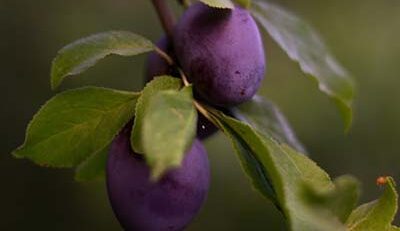
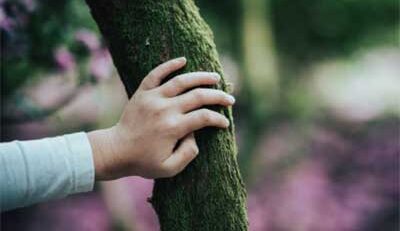
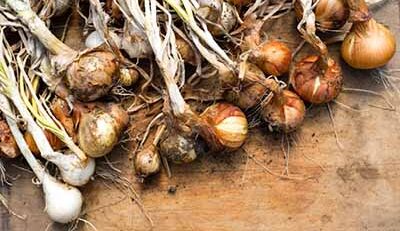

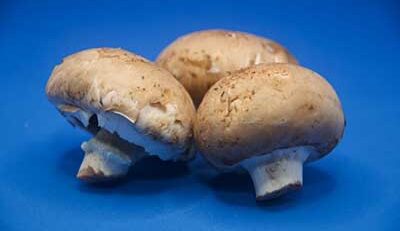
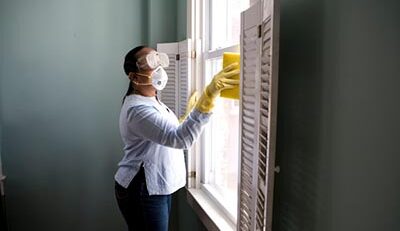
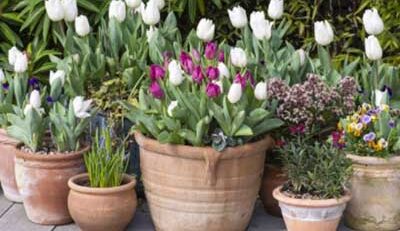
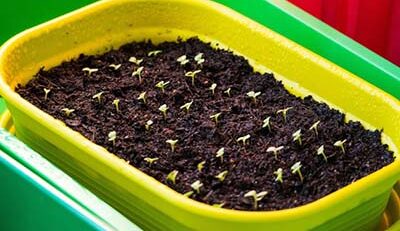
Leave a Reply